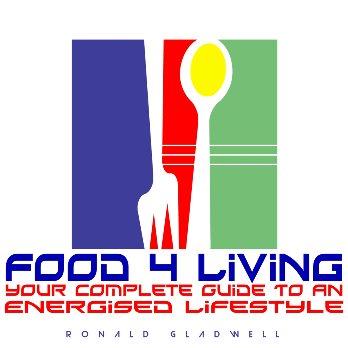|
Fitness Blog Covering Topics Of Interest Friday, September 05 2014
Fruits and vegetables contain vitamins, minerals, and other nutrients that are essential for good health. That’s one reason why a plant-based diet that includes lots of fruits and vegetables can lower your risk of developing life-threatening diseases such as heart disease, diabetes, and some cancers. And when you pile on the produce, there’s less room for the unhealthy foods. Dinner is typically the largest (and latest) meal of the day, and it’s a good opportunity to make sure that you meet your daily quota for fruits and vegetables. Here are five easy ways to work more produce into dinner.
Saturday, April 19 2014
Your body depends on the mineral potassium to help control the electrical balance of your heart as well as metabolize carbohydrates and build muscle. Low potassium levels can cause muscle weakness and heart rhythm disturbances. On the other hand, too much potassium can cause dangerous heartbeat irregularities and even sudden death. If you have heart failure, you need to pay close attention to how much potassium you get each day. What’s more, some heart failure drugs can cause your body to excrete too much potassium, while others can cause your body to retain too much potassium. Your doctor can tell you how the medications you need will affect your potassium levels. You’ll likely need to have your potassium level checked regularly to be sure it is within a good range for you. If you need to raise your potassium level: If your potassium level is too low, the solution may be as simple as taking potassium supplements. If you need to get your potassium level down: If your potassium level is too high, you may need to cut back on certain foods (see the table). These tips can also help:
Thursday, January 09 2014
From fast food restaurants and delis exploding with high-calorie sandwiches to salad bars stocked with high fat and high sugar salad add-ons — lunchtime can be a minefield of temptation for those trying to eat a healthy and balanced diet. But a healthful and enjoyable lunch can be done. These simple tips can help. Your meal should include lean protein, whole-grain carbohydrates, and produce. Roughly half of your plate should be vegetables or fruit; one-quarter should be lean protein such as fish, chicken, turkey, tofu, beans, or low-fat cottage cheese; and one-quarter should be whole grains, such as one slice of whole-grain bread, or half a cup of brown rice, whole-wheat pasta, or quinoa. You might include a small amount of healthy fat, such as a tablespoon of oil-and-vinegar dressing on your salad. Salad can be a good way to go, but you need to be careful. Regular salad dressings, cheeses, and mayonnaise-based salads (such as tuna, chicken, and egg salads) can contain unhealthy fats, hidden sugar, and salt. Not to mention lots of calories. Here’s the trick to a healthy and satisfying lunch salad. Step 1: Build a vegetable base. Load your plate with leafy greens and raw or grilled vegetables. Step 2: Add some protein — a few scoops of garbanzo or kidney beans. Beans are an excellent source of fiber — and they’re filling! Other good selections include grilled chicken, low-fat cottage cheese, or chopped eggs. Go light on the cheese. A sprinkle of a strongly flavored cheese like feta or Parmesan can deliver flavor with fewer calories. Step 3: Add a small amount of healthy fat. Sprinkle on the nuts and seeds. They are high in heart-healthy unsaturated fat and healthy protein, give you a feeling of fullness, and help food stay in your stomach longer. You might also opt for a dash of oil and vinegar. Step 4: Whole grains and fruit make a nice addition to a creative salad. Look for whole grains like barley or bulgur wheat to sprinkle on top. Or add a few slices of fruit. If you want to learn about other effective strategies for healthy eating contact Ronald on 07929 256856 | ||||||||||||||||||||||||||||||
 |



